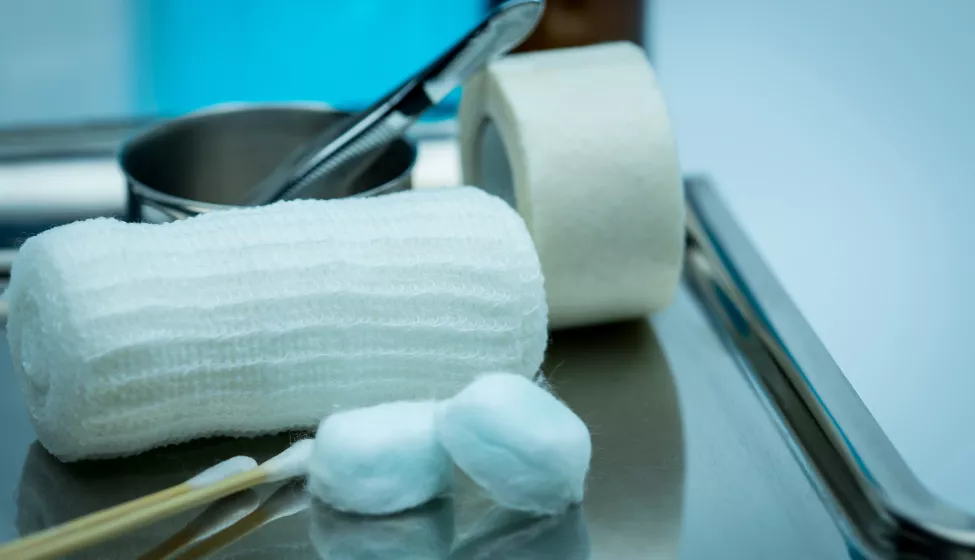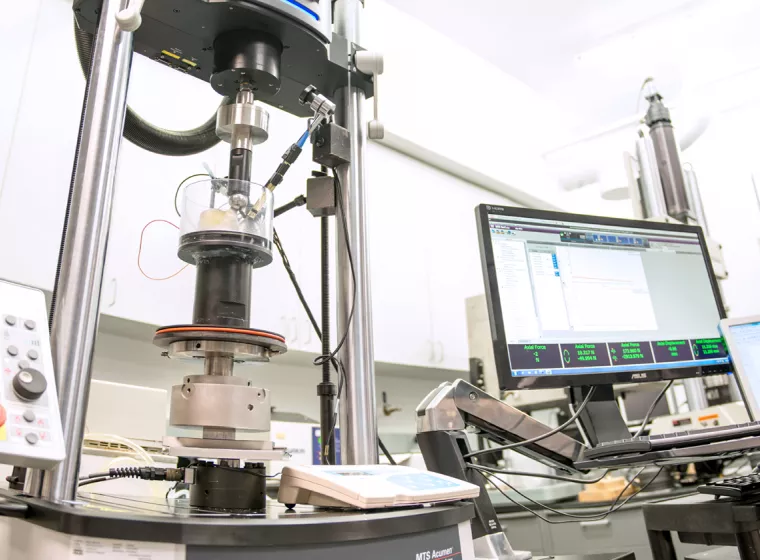February 15, 2024
Food and Drug Administration's proposal will classify pre-amendment wound dressings and wound washes as Class II or III devices
On Nov. 30, 2023, the Food and Drug Administration proposed a new rule to reclassify certain types of wound dressings and liquid wound washes containing antimicrobials or other chemicals. If finalized, the proposed re-classification could alter the regulatory status of many existing wound care products currently on the market, making them subject to 510(k) requirements with special controls or premarket approval (PMA) and impacting a variety of stakeholders in the medical device industry.
Changes in regulatory status, particularly for newly classified Class III devices, can pose significant impacts across several aspects of the product lifecycle, including those related to R&D, quality, manufacturing, operations, and commercialization. Specifically, manufacturers of newly classified Class II products will need to demonstrate compliance with newly established applicable special controls within six months of the effective date of the final rule in the form of a 510(k).
Manufacturers of newly classified Class III products can submit a notice of intent to file a PMA within 90 days of the effective date of the final rule, which would allow them 30 months from the date of the finalized rule to submit a PMA.
Proposed FDA wound dressing reclassifications
Irrespective of physical form, the wound dressings and liquid wound washes in question have typically been indicated for use on a variety of acute (e.g., traumatic, surgical) and chronic (e.g., venous stasis ulcer, diabetic foot ulcer, arterial ulcer) wounds; they are currently regulated under the Product Codes FRO, GER, MGP, MGQ, and EFQ as unclassified, pre-amendment devices requiring premarket notification. The proposed rule will reclassify the following into new Class II and Class III Product Codes, each subject to specific controls or premarket approval requirements:
- solid wound dressings — "intended use is to cover and protect a wound, to absorb exudate, and to maintain appropriate moisture balance within the wound"
- wound dressings formulated as a gel, cream, or ointment — "intended use is to maintain appropriate moisture balance within the wound"
- liquid wound washes — "intended use is to mechanically irrigate and physically remove debris from external wounds"
The proposed classification action will reclassify solid wound dressings; wound dressings formulated as a gel, cream, or ointments; and liquid wound washes containing medically important antimicrobials used for preservative or protectant purposes into Class III and require the filing of a PMA because of their high level of antimicrobial resistance concern. The proposed rule defines "medically important" antimicrobials as those that are important for therapeutic use in humans and refers to an external list of classes of antimicrobials published by the World Health Organization (WHO).
Additionally, the proposal will reclassify solid wound dressings, wound dressings formulated as a gel, cream, or ointment, and liquid wound washes containing antimicrobials acting as preservatives with a medium or low level of antimicrobial resistance concern into Class II. The proposal will also require specific information about performance testing and technical specifications, specific labeling requirements, and other requirements to mitigate risks to health and demonstrate a reasonable assurance of safety and effectiveness, in combination with general controls.
FDA plans to exempt from 510(k) certain liquid wound washes containing water or 0.9% saline only, which do not contain antimicrobials, other chemicals, or animal-derived materials, subject to certain limitations. The table below provides a description of the proposed classification and corresponding proposed regulations.
Proposed Class II and Class III requirements for wound dressings and liquid washes
| Proposed classification | Solid wound dressings containing antimicrobials and/or other chemicals (Proposed new 21 CFR 878.4016) | Wound dressings formulated as a gel, cream, or ointment containing antimicrobials and/or other chemicals (Proposed new 21 CFR 878.4017) | Liquid wound washes (Proposed new 21 CFR 878.4019) |
|---|---|---|---|
Class II Subject to 510(k) requirements (special controls + general controls) | "Products containing antimicrobials acting as protectants with a medium or low level of AMR concern, and/ or other chemicals" | "Products containing antimicrobials acting as preservatives with a medium or low level of AMR concern, and/ or other chemicals" | "Products containing antimicrobials acting as preservatives with a medium or low level of AMR concern, and/ or other chemicals" |
Class III Proposing to require the filing of a PMA | "Products containing medically important antimicrobials acting as protectants" | "Products containing medically important antimicrobials acting as preservatives" | "Products containing medically important antimicrobials acting as preservatives" |
Feedback sought from makers of medical devices
Manufacturers of wound care products incorporating antimicrobials or other chemicals should evaluate whether they may be impacted by the proposed rule and determine how their products may be reclassified. For newly classified Class II products, manufacturers will want to determine whether any additional technical, regulatory, or quality management actions will be necessary to comply with the proposed special controls. For newly classified Class III products, manufacturers will want to evaluate their current performance data, manufacturing processes, controls, labeling, postmarket surveillance activities, and other relevant quality management actions in preparation for a PMA submission.
Feedback from the medical device industry may be submitted in the Federal Register of the proposed rule, or electronically, via regulations.gov, referencing Docket No. FDA-2023-N-3392, by Feb. 28. FDA will consider this feedback before it begins work on finalizing the proposed rule.
What Can We Help You Solve?
Exponent is uniquely positioned to help medical device manufacturers evaluate the impact of FDA's proposed rule on their wound care products. Our multidisciplinary teams of medical device experts can assess manufacturing processes, performance data, labels, and controls and conduct risk assessments and postmarket surveillance in preparation for 510(k) or PMA submissions.













